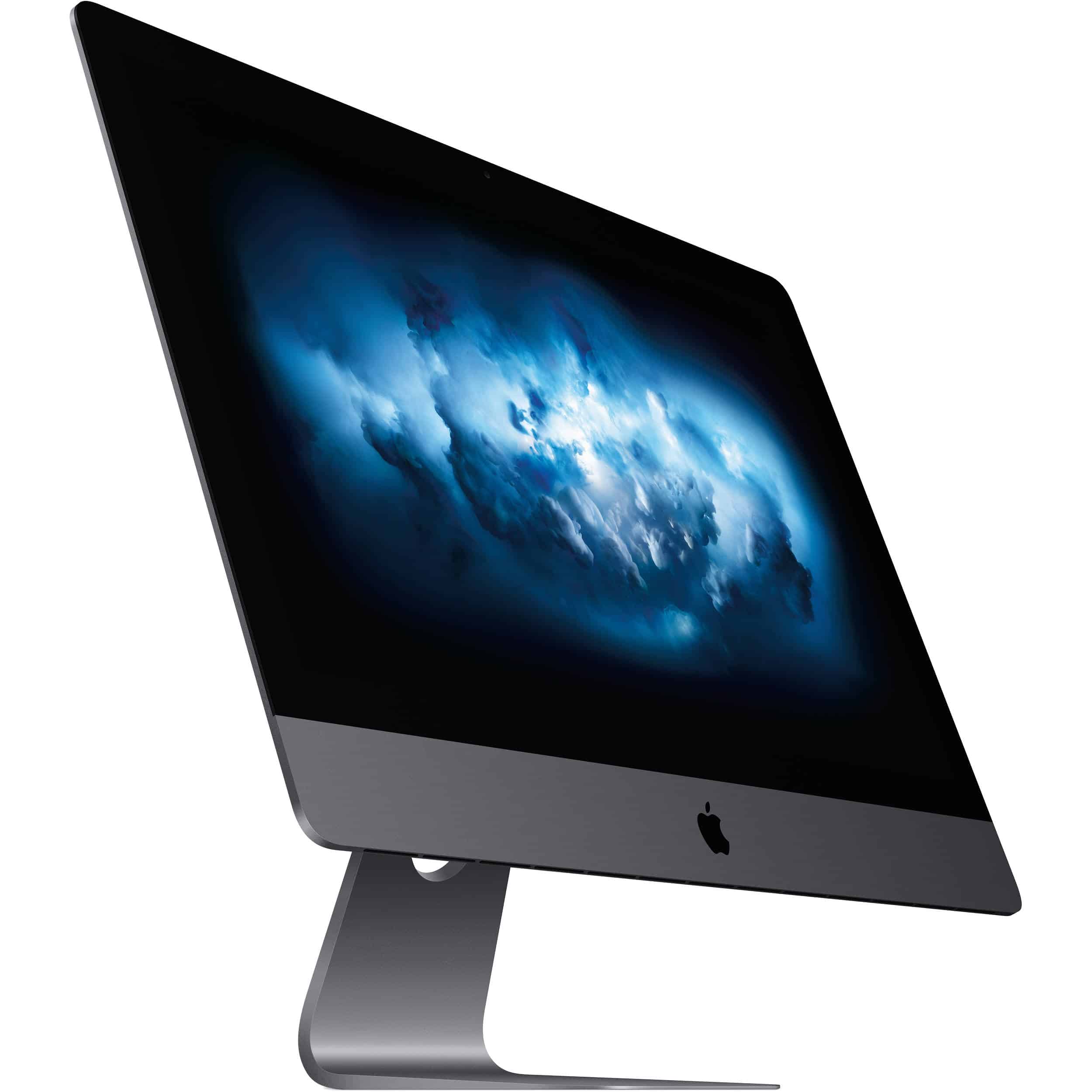The iMac Pro is seemingly nearing the end of its natural lifespan — and good riddance to it.
In fairness, the iMac Pro was not a bad computer. It was even, technically, a pretty great one. But it epitomized an era of Mac design that may have been the most uninspired and directionless in Apple history.
The age of uninspired Macs
Complaining about the past half-decade of the Mac is, in some ways, a reminder that we’re pretty spoiled. An uninspired era for the Mac is like a so-so slice of pizza: It might not blow you away, but it’s hardly the worst meal you’ve ever had. The Mac is still — and has always been — a nicely built, stylish computer with a superior operating system.
But nobody will ever argue that the last five years — up until the debut of Apple Silicon Macs at the end of the 2020 — represented the very best of the Mac.
Where was the meaningful design innovation? Where were the features that showed users (and the rest of the industry) where technology was headed? Even in the 1990s, when Apple sank to its lowest ebb and the Mac lineup was a hopelessly confusing miasma of Quadras and Performas, it still felt like the computer commanded Cupertino’s attention.
The iMac Pro, on the other hand, seemed to sum up the uninspired direction of the late 2010s. It arrived in 2017 as a scrap of meat thrown to pro users who had been left to fend for themselves since the 2013 Mac Pro “trash can” started to get a bit long in the tooth.
Both its name and its $5,999 starting price positioned it as a halfway house between the Mac Pro and the regular iMac. Apple never revealed exact sales figures. But the iMac Pro always seemed to be pitched awkwardly between two markets: too Pro for regular users, too regular for Pro users. It was like Apple had made a new Diet Coke with Extra Sugar drink.
The era of forgotten Macs
Inside Apple, reports suggested that the Mac team was largely left to its own devices during this period. Not in the same way that the 1984 Mac team was left alone as a sort of skunkworks project, either. This was more like left alone in the sense that it was clear that the Mac was a low priority.
A Bloomberg report from 2016 described the situation:
“Once a week [Jony Ive’s team used to] meet with Mac engineers to discuss ongoing projects. Mac engineers brought prototypes to Ive’s studio for review, while his lieutenants would visit the Mac labs to look at early concepts. Those visits have become less frequent since the company began focusing more on more-valuable products like the iPhone and iPad.”
The iMac Pro didn’t exactly take big risks. It souped up the existing iMac with new internals, and gave it a fresh coat of paint in the form of a space gray finish and black accessories.
Disappointing innovations for the Mac
Viewed in retrospect, maybe that’s better than if Apple had taken risks with the iMac Pro, though.
The pricey all-in-one arrived slap bang in the middle of an age where Apple’s innovations for Mac — specifically the MacBook — did not exactly achieve universal acclaim. Ditching MagSafe? Disappointing. The Magic Mouse 2? A bit strange. Getting rid of ports like they were going out of style? Boo. Introducing the butterfly keyboard and Touch Bar? Boo-urns.
Apple apparently thinks so, too, because most of these changes are now reportedly being undone by Cupertino’s engineers.
Breathing new life into the Mac
All of this seems emblematic of an era in which Mac sales shrank while revenue from other areas (like iPhones and services) surged. The Mac kept plugging along, but nobody will look back on Apple’s 2017 Mac offerings and see them as a high point.
Fortunately, the future looks bright for the Mac. For whatever reason — increased computer sales due to the pandemic, powerful innovation made possible by Apple Silicon, Jony Ive’s departure — the Mac is exciting once again. The first M1 Macs are great. And this year’s Mac refresh looks like it’ll be historic.
Ditching the iMac Pro in its current form makes a whole lot of sense. An expensive product that was pretty niche when it was launched, it’s even more so now that Apple Silicon is supplanting the Intel chips that power the iMac Pro. No user — especially not a power user — would shell out thousands on a computer running on yesterday’s technology.
It seems possible this could mark the end of the road for the iMac Pro name as well. There is a new iMac on the way, and the company is supposedly working on new Mac Pros as well. (It remains to be seen whether these will be more upgradeable than the iMac Pro. Based on rumors about a modular Mac, and Apple’s newfound willingness to dip into the past, it could well be.)
If Apple drops the iMac Pro line altogether, I wouldn’t shed too many tears. Historically, Apple CEOs have said that they like saying “no” to products. That stance shows they’ve got a strong idea of where Apple should be headed.
Saying no to another iMac Pro isn’t about killing a product line. Instead, it’s about breathing new life into one of Apple’s core products.


